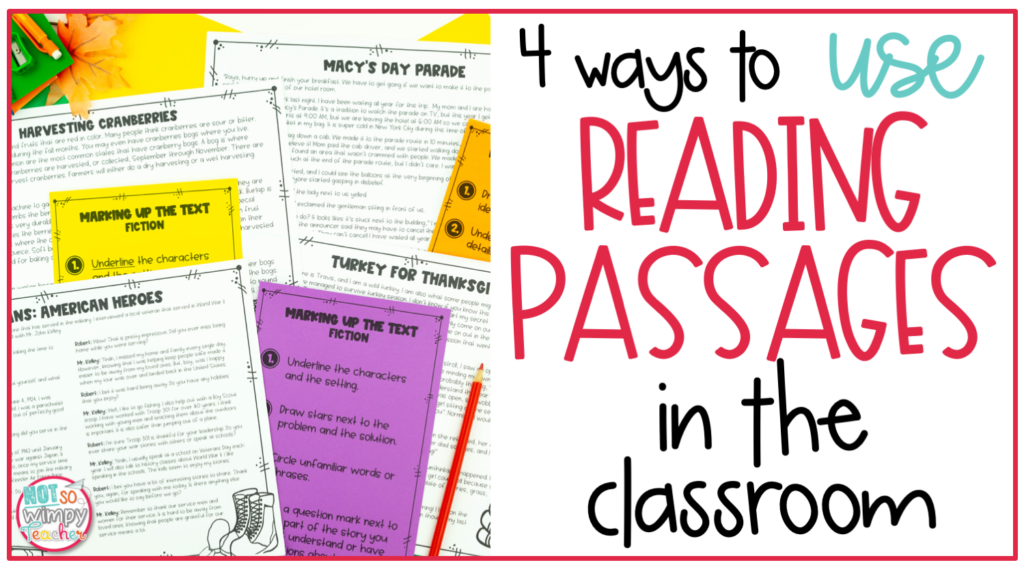
Reading can be a tricky subject to teach. As a teacher, you want your students to love reading. But there are so many reading standards for kids to learn. And some of them are downright hard for students to understand. Adding reading passages to your classroom routine is a great way to help kids master those reading standards.
And when you select kid-friendly, engaging reading passages with topics kids care about, they actually look forward to reading.
What is a reading passage?
First things first, before we get into how to use reading passages in the classroom, let’s take a minute to talk about what a reading passage is.
A reading passage is a short piece of writing that can be read in one sitting. It can be a selected portion of a longer work or it can be a stand alone piece. Reading passages are fiction, nonfiction, and even poetry.
These passages are intentionally selected or designed to showcase specific reading skills which makes it easy to provide kids targeted practice on essential reading skills.
It’s important to select student-friendly reading passages. The best passages contain high-interest topics that kids care about. They are fun and interesting to read. Students don’t mind repeated readings, because they learn something new each time. Try to select passages about things you know your student enjoy or are curious about.
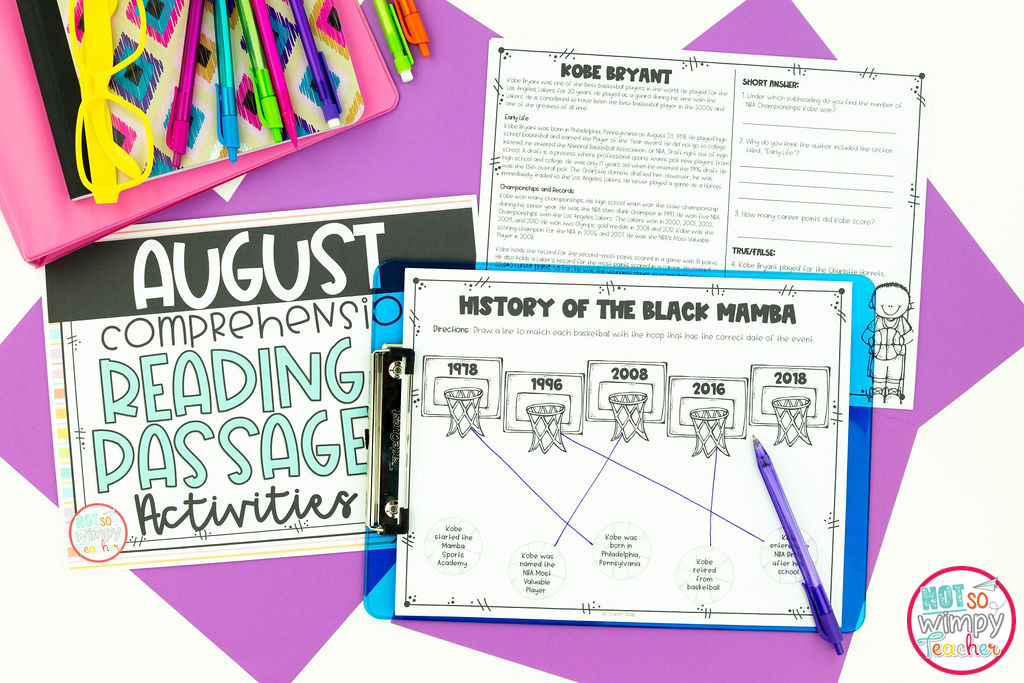
When to use reading passages:
I recommend using reading passages after you have already introduced a skill. Passages are a great way to give students extra practice on tough standards, like main idea, central message, and context clues.
Reading passages are also great for review and test prep. Kids will definitely see reading passages on standardized tests and so the more comfortable they are reading, analyzing, and responding to text the better off they will be on test day.
How to use reading passages in the classroom:
1. Whole group
Reading passages can be used during whole group instruction. You can use them during your reading block or during test prep periods. Passages are a great way to reteach and model essential skills.
As you read a passage with the class, be sure to think aloud. Show them how you number paragraphs (or sentences), how you note important vocabulary, or highlight story elements. You want to explicitly model the skill you are currently working on.
The real value in reading passages comes from using them over the course of several days. Repeated readings teach children how to dig into a text for deeper meanings and increase comprehension skills.
I recommend a simple 4-day routine for each reading passage:
- First Day: Read, reread, and mark up the text.
- Second Day: Reread and answer comprehension questions.
- Third Day: Complete a standards-based extension activity to deepen understanding.
- Fourth Day: Construct a written response using text evidence.
This routine allows children to interact with the text on numerous levels. It helps increase persistence and independent reading skills. Learn more about the routine here.
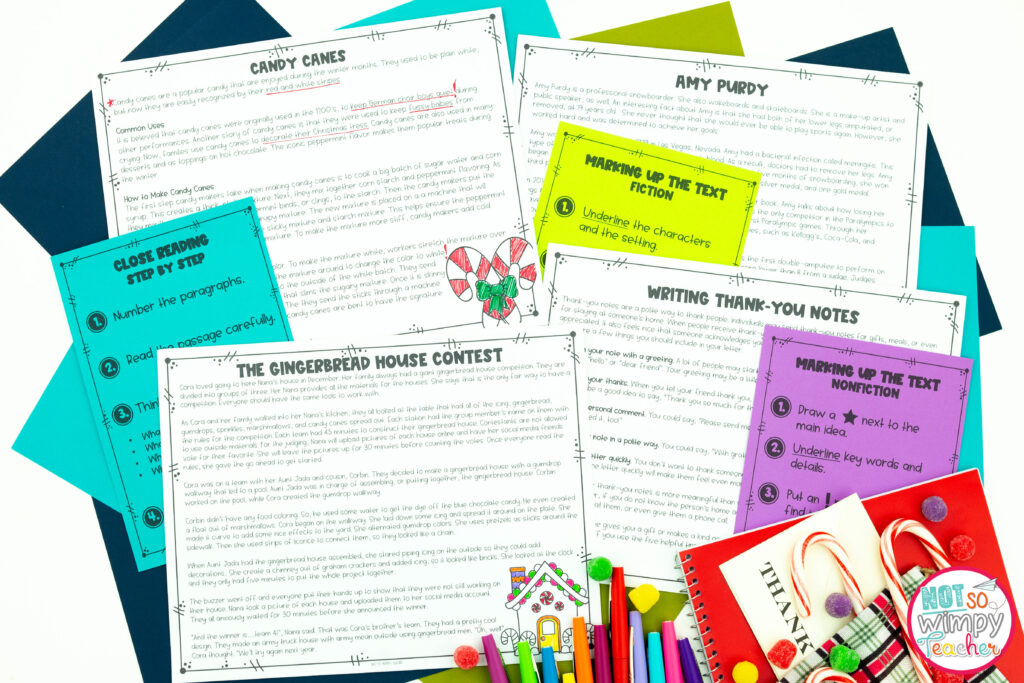
2. Small group/guided reading
Reading passages are also perfect for small groups. During your guided reading groups, you have the opportunity to differentiate instruction. (Your guided reading groups should be based on ability – that’s how students get the most out of the instruction).
You can select different passages for different groups based on student needs. If one group is still struggling with sequencing, pick a reading passage that allows them to practice that skill. Another group might be ready for a more advanced skill like cause and effect.
You can also select passages at different reading levels or longer or shorter passages as needed. Another way to differentiate reading passages in small groups is based on interest. If you know one of your groups is really into animals, you can select passages that feature pets or wild animals. If another group is into sports, look for passages about football, skiing, or hockey.
When you use passages in small groups, you can offer individualized instruction to each student. It’s also easier for everyone to speak up. There are less students to compete with and kids often feel more comfortable voicing their ideas in a small group. This gives you insight into what students are thinking and allows you to clear up misconceptions.
3. Reading or writing centers
Another way to use reading passages is in reading or writing centers. If you don’t have enough time to get through four days worth of passage activities in a whole group setting, go ahead and place the activities in your centers.
Students can work on comprehension questions, complete standards-based reading activities, and construct written responses using text evidence during their center time.
You can even combine whole and centers. Maybe you can do a whole group activity on day one. This allows you to read the text as a group, model your thinking, and begin an initial discussion of the applicable reading skills.
After this introduction, students will be better equipped to handle the remaining activities on their own. If you do use reading passages in centers, be sure to differentiate.
You don’t want students getting frustrated with passages that are too difficult for them to read.
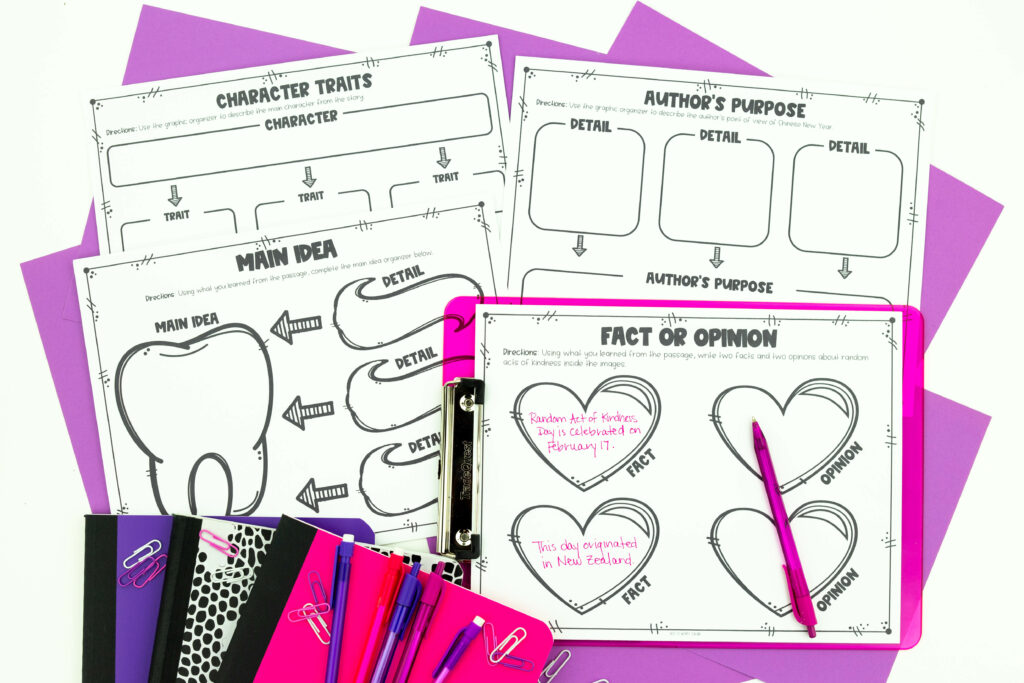
4. Celebrate the holidays
Here’s a unique and fun way to use reading passages. And it’s a little bit sneaky. Why not use them to celebrate the holidays?
Simply select a reading passage on a holiday topic. You can go through the entire four day routine or simply read the passage and select some activities to complete. (I’d definitely do the comprehension questions).
Kids think you are celebrating with a fun reading passage. Just select seasonal topics that kids love like bats, Turkey for Thanksgiving, and gingerbread houses. But you feel good knowing they are still practicing important reading skills. And not getting hyped up on candy.
Done-for-you Reading Passages
Wondering where you can get these kid-friendly, high-interest reading passages? Don’t worry. I’ve got you covered. I’ve created a full year of fun and engaging reading passages that kids love.
This bundle includes 60 ready-to-use passages that provide rigorous, standards-based practice of essential skills. There are five short, student-friendly, passages for each month that are a mix of fiction and nonfiction. I even throw in poetry once in a while.
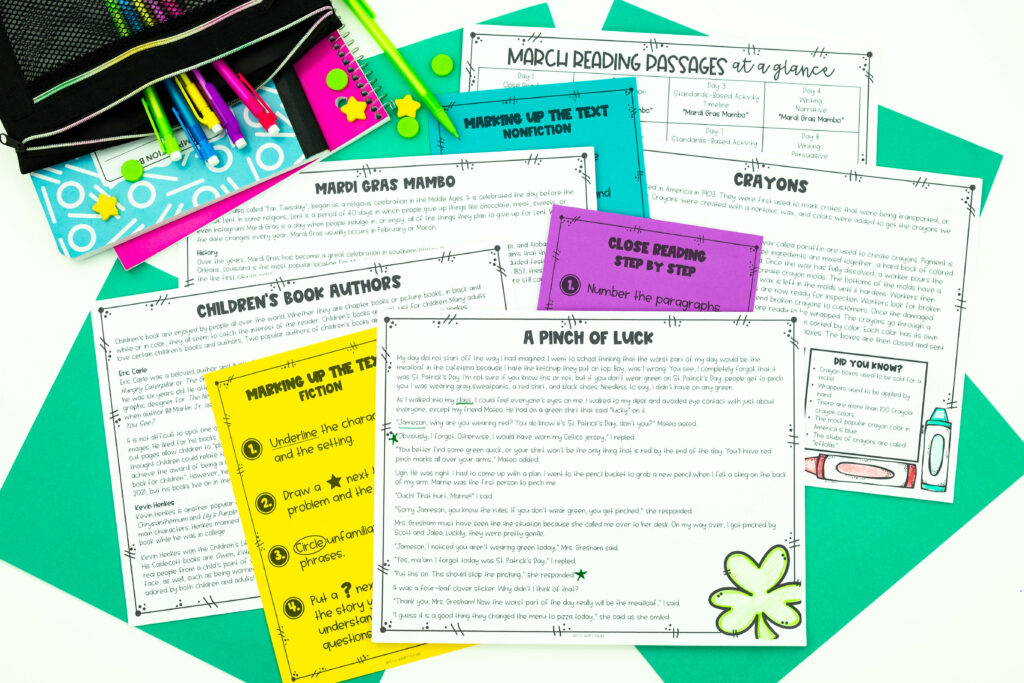
The seasonal reading passages bundle includes:
- 60 seasonally-based passages for students to practice close reading skills like underlining, circling, and adding symbols and notes
- Comprehension questions for each passage that require students to think deeply about the reading and find text evidence to support their answers
- Standards-based reading activities (1 for each passage) for additional practice that keeps kids engaged
- Reading response writing activities (1 for each passage) that help kids develop higher-order thinking skills and use text-evidence
- 12 teacher anchor charts – simply project onto a whiteboard or print and display in the classroom
- Printable student anchor charts (2 versions) for students to reference during close reading
- An “At a Glance” calendar that lays out your lessons for the entire month
- And more!
Each passage is designed to be used over four days so students get experience reading and rereading texts to deepen understanding. Anchor charts walk students through the process of marking up a text and provide a handy reference tool.
These passages are best for grades 3 and 4. And students love them!
Free Reading Passages and Activities
Want to try them out for FREE? You can grab two weeks of reading comprehension passages and activities.
Help your students practice standards-based reading skills with these fun and engaging close read passages and activities that come straight from the bundle.
- Two weeks of rigorous close read activities
- High-interest passages that kids love
- Fiction and nonfiction texts
- Complex reading comprehension questions
- Standards based reading activities
- Reading response writing tasks
- Answer keys
Try them out for yourself and see why teachers and students love them!
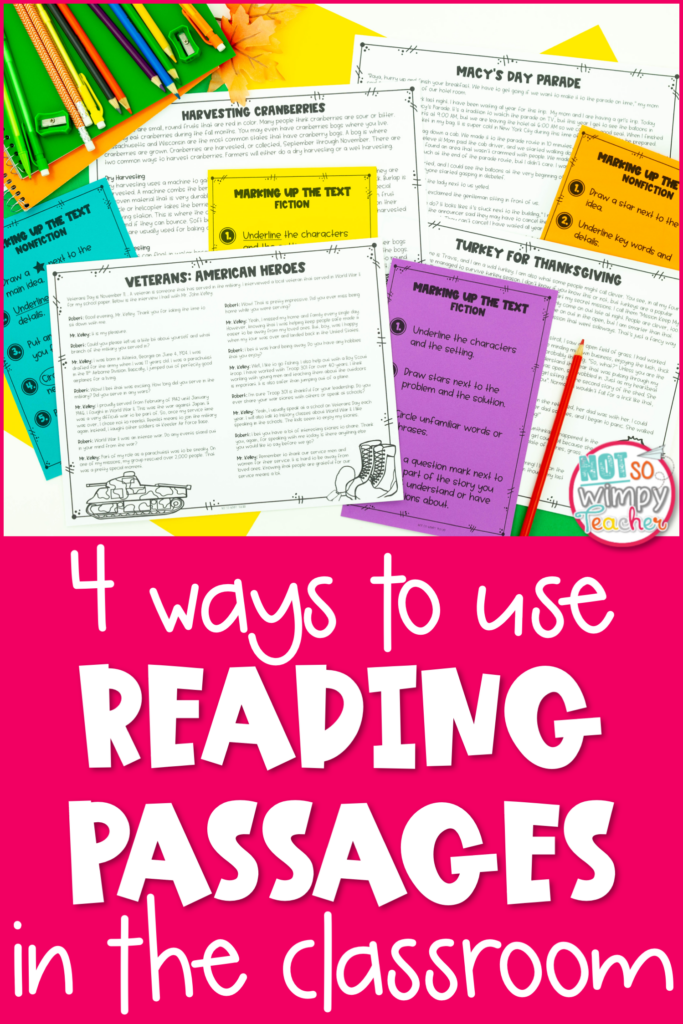
Have a Not So Wimpy Day,


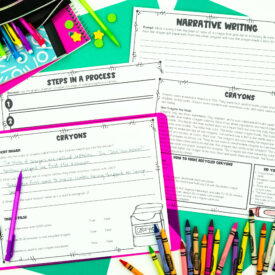
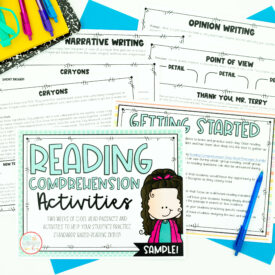
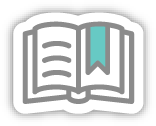
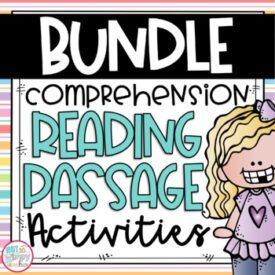

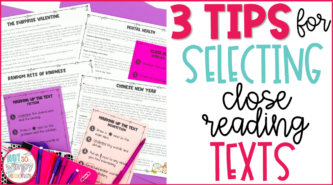
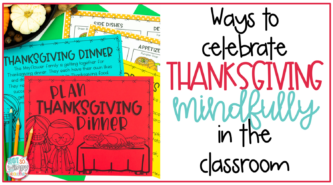
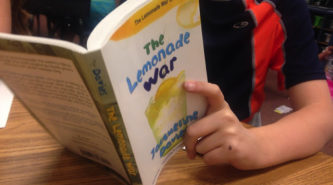











 End of Year Carnival Week for grades 2-5!
End of Year Carnival Week for grades 2-5!
Bear with me here, because I already know this is going to be wordy but I can’t quite seem to figure out how to fully explain my thinking in less words. So, I am going to use a Pirate’s of the Caribbean analogy here…. Is the “At a Glance” for your passages more of what you’d call a guideline, or more of a rule to follow? To explain my question better, I am trying to map out my Reading “block” and was using your Pacing Guide. If going by that, it says Character Traits are weeks 2-3. So would it be a big deal if I pull passages from the Reading Comp Passages that follow the standard for Character Traits even if one is found in the May passages rather than September? TIA! 🙂
Hi Samantha,
Great question! Many teachers have used the “At a Glance” guides to align to their pacing guides with no problems. We wanted to make sure teachers had an order if they needed it, but could adjust it as well. Switching around the seasonal passages just means students will get the information in different months than when events happen. That could be really fun to see how students use their knowledge if the event comes up in your classroom during the month it occurs.
those are good methods to get paragraph writing skills, thanks for sharing
those are good methods to get paragraph writing skills, thanks for sharing